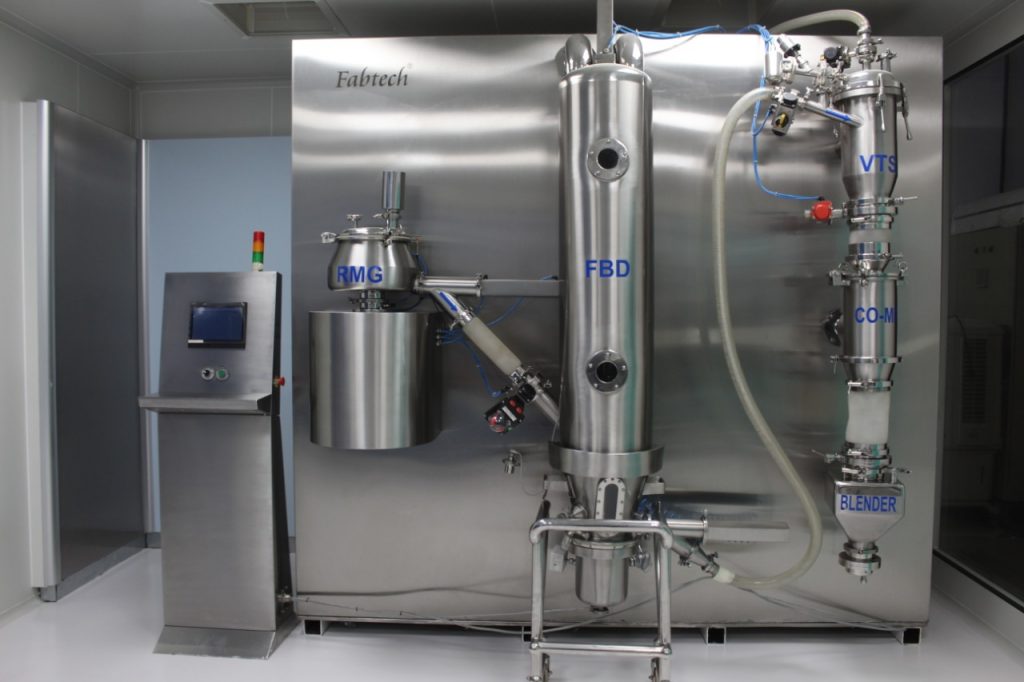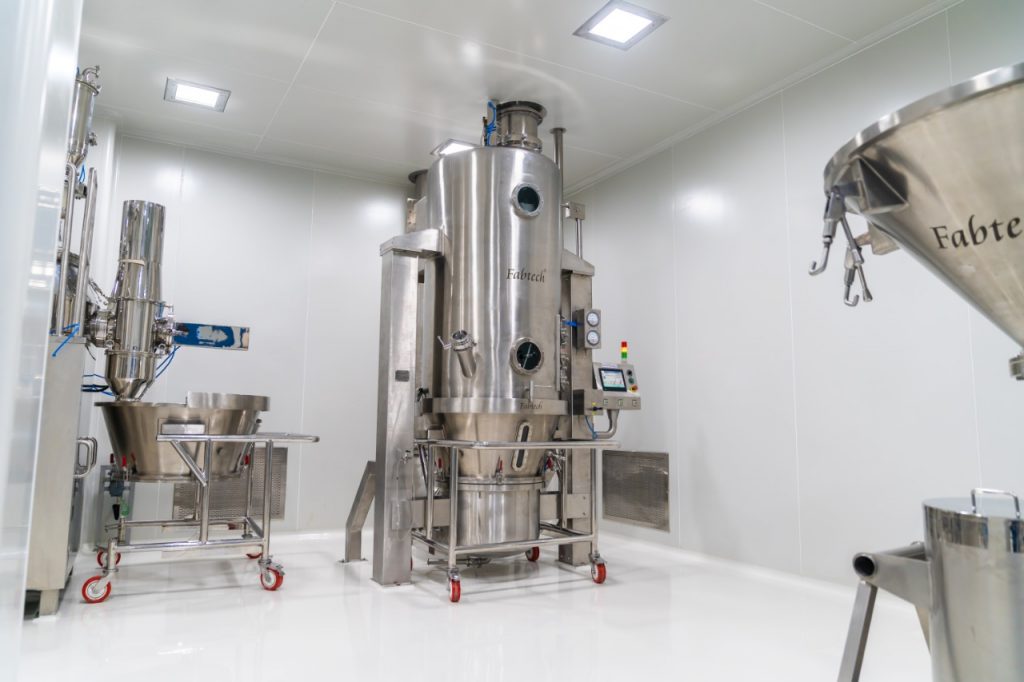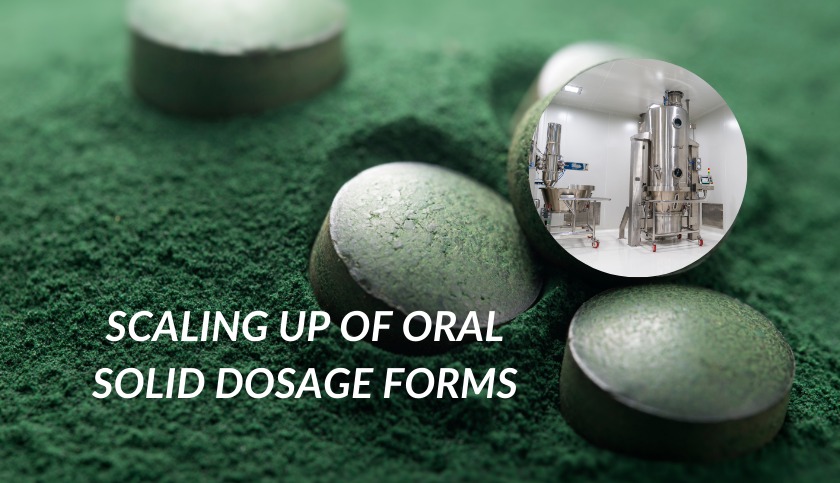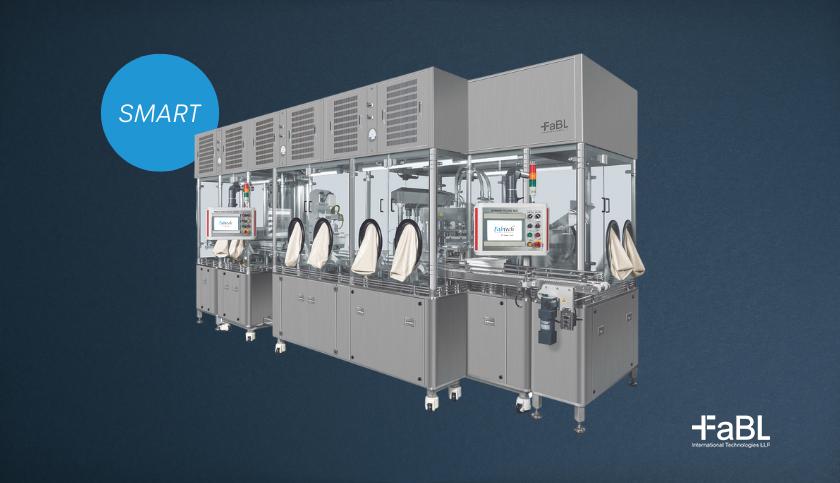Any pharmaceutical product that is being developed begins with initial testing or experiment and goes through several iterations before it can be manufactured. In other words, the lifecycle of any well-known product involves the scaling-up process numerous times. However, scaling-up of any manufacturing process has its concerns due to the increase in manufacturing size and the associated and unexpected or unpredicted problems/questions that come up, be it any industry.
It is crucial, especially in pharmaceutical manufacturing that involves heterogeneous mixtures such as Oral Solid Dosage forms like Tablets, Capsules, and Powders. Although scaling up issues concerning powders and capsules may be mostly related to the uniformity of content and distribution, but for tablets, the issues and potential danger areas are multifold, as one would expect!
It is general industry practice to classify scaling up of OSD in the following manner:
Lab Scale / Bench Scale: Up to 3 to 5 kgs from as small as is feasible
Pilot Scale: From 30 kgs up to about 60 kgs (or even up to 100 kgs)
Commercial Scale: Beyond the Pilot stage, the scale-up process between 300 to 500 kgs commonly and in some cases, even up to 1000 kgs or more depending upon the product needs.


A linear process that has been the general industry norm, but with an increase in complexity of the manufacturing operations and engineering advances, the scale-up processing has witnessed a sea-change towards becoming more well-organised.
Industrial Pharmacists and Pharmaceutical Engineers have explored stating norms for scaling up, resulting in scaling up both process engineering and equipment designs. But how well do they work for the development and manufacturing pharmacists, especially those involved in Technology Transfer?
Equipment / Design Related:
A typical example can be the change of shape of the expansion chamber in Fluid Bed Systems, from a ''straight wall configuration'' to a ''conical shape'' as an outcome of the scale-up or vice versa. Thus instead of the popular belief of scale-up as per geometry, you can employ an alternative approach. Such changes may always need not be counterproductive considering other factors, like the air distribution plate design and the inlet's relative positioning and exhaust openings on the mainframe equipment!
Here, I would like to draw your attention to avoid equipment design and type changes during the scale-up process. It is always preferable to use the same equipment principle throughout the scaling process. To say, if your product trial for granulation was using a high shear mixer, it is preferable to use the same equipment principle and not shift to Fluid Bed Processor (or any other equipment) unless there are compelling reasons. These changes may occur possibly during the final blending or lubrication stage (like the use of an octagonal blender or a Cage or Conta Blender).
Process Variables and Impact on Scaling up?
What about Process variables and the impact of these on scaling up?
- Using simple mathematics, lets us say a 5kg batch of granules takes 45 minutes for the requisite level of drying in a 10 kg Fluid Bed Dryer (under set variables). A scaled-up version of a batch of 50 kg granules will take a similar time when the FBD capacity is increased proportionately to 100 kg. But it may not be accurate despite being scaled-up proportionality.
- A crucial aspect is dependent on the FBD's air drying capacity and the blower and not only the drying time and temperature. Considering the above example, if a 10 kg FBD has a 5 HP blower, a 100 kg FBD will not have a 50 kg blower. The size will be compact, say around 20 -25 HP, which will affect the drying time and certainly be greater than 45 minutes.
Here, the critical challenge is not the timing, although the increase is considerable. But a longer (and lengthier) fluidisation process upon the friability or the other quality attributes of the granules may impact the final dosage form characteristics.
A change in the size or weight can add to scaling -up process woes too:
The drug's progression from a trial phase to the final phase means a substantial increase in materials usage. The size increase in granules and tablets at the top can considerably impact the dosage units' material column at the bottom. However, during the development, such an impact is not felt while conducting the trial batch for tablets, pellet coating and pellet generation activities. Thus, the scale-up process demands higher and stronger friability properties for the dosage units' endurance.
Yet, in certain cases, especially in pellet generation, it is encouraging to know that the added powder gets impacted better while dry powder layering in equipment like the Centrifugal Pelletizer leading to smoother and more consistent overlaid coatings.
Another ideal example is the lack of much-needed shine on smaller development batches of coated tablets after a polishing activity done in polishing drums than the high sheen seen on scaled-up commercial batches (size impact).
For similar reasons, we normally see a reduction in the amount of binder used in granulation (especially in HSG) as the size goes up (impact of a huge impeller). However, this is absent in top-spray granulation as such impacting effects are absent, but then there is another set of scalar issues in such operations.
Conclusion
An important point for the whole scale-up process is that it should be well-documented that builds the link starting from a pilot batch up to the commercial stage. This documentation can be valuable, especially during an inspection.
Thus, scaling up in pharmaceutical manufacturing is an interesting yet challenging one, all said and done!!




